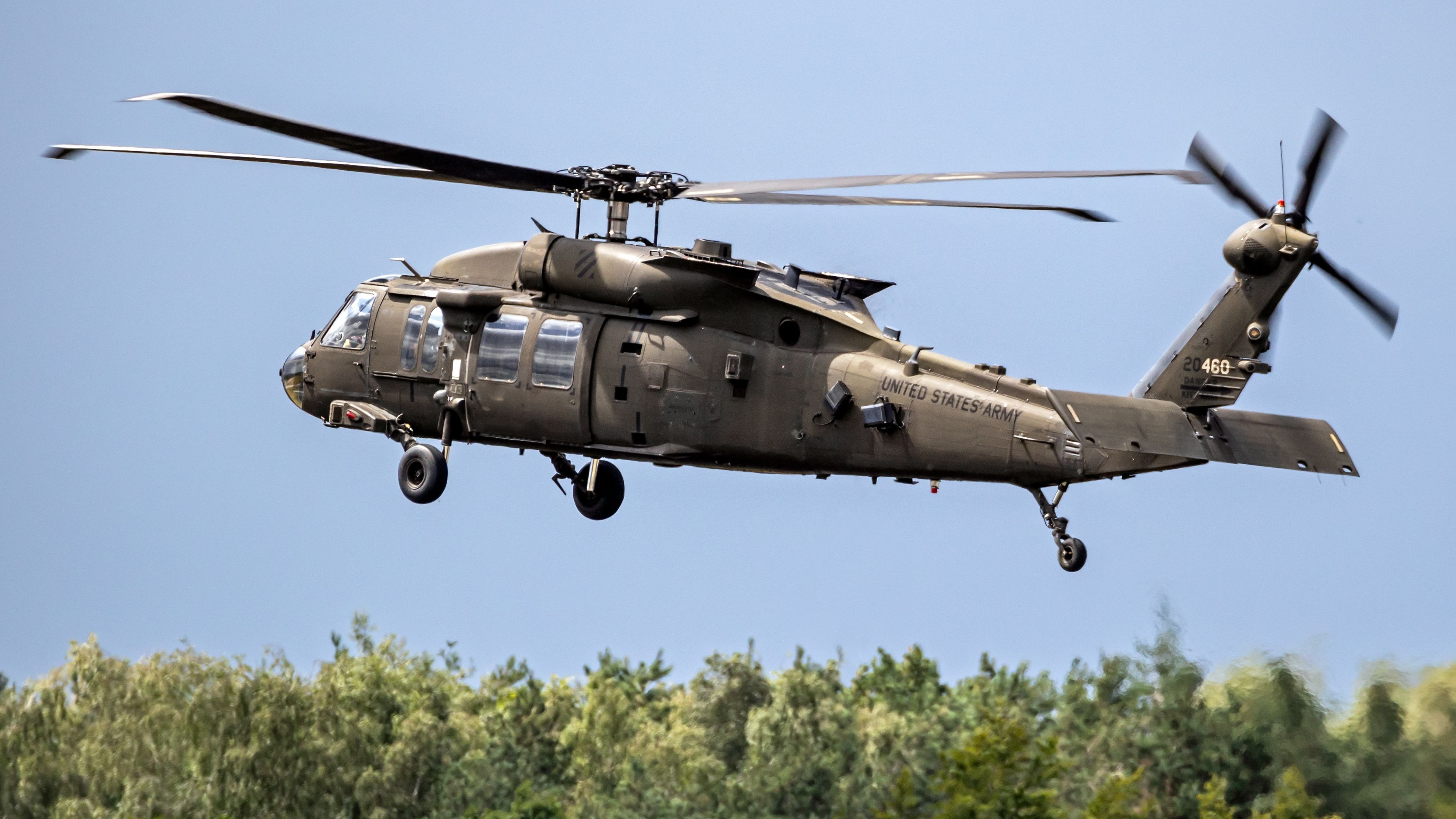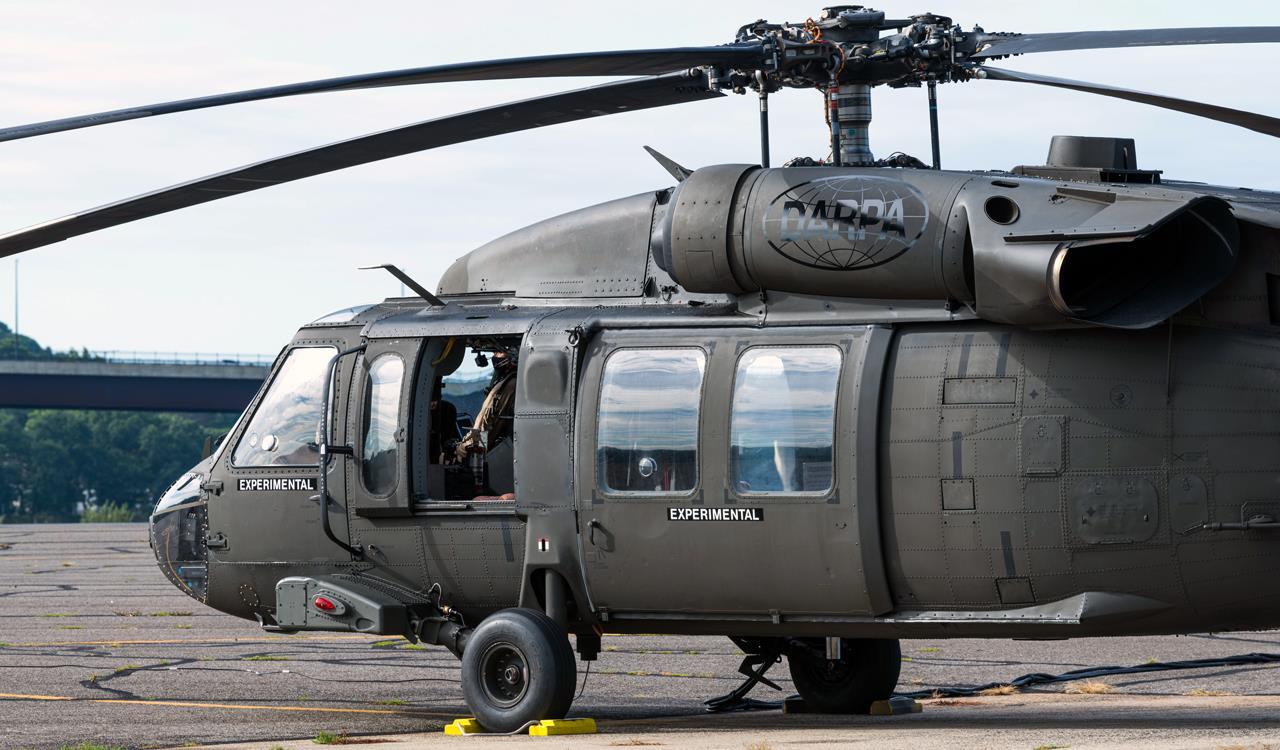Discovering the History and Advancement of the UH 60 Helicopter

Beginnings of the UH-60
The beginnings of the UH-60 helicopter can be mapped back to the late 1960s, a duration marked by the demand for a flexible energy aircraft that might adjust to the evolving demands of modern warfare. The U.S. Army recognized the need for a replacement for the older UH-1 Iroquois, which was coming to be increasingly inadequate for the intricacies of contemporary combat scenarios. In 1967, the Army started the Energy Tactical Transport Aircraft System (UTTAS) program, which sought to create a multi-role helicopter efficient in various goals, consisting of troop transport, medical emptying, and logistical support.
The UH-60 Black Hawk was presented, showcasing ingenious style aspects and advanced innovation that set it apart from its predecessors. The UH-60 swiftly gained recognition for its durable performance, integrity, and adaptability, paving the method for its comprehensive usage in military procedures and solidifying its standing as a cornerstone of United state Military aviation.
Trick Design Attributes
Cutting-edge design functions of the UH-60 Black Hawk considerably contribute to its operational performance. One of one of the most noteworthy aspects is its twin-engine arrangement, which enhances dependability and gives a greater power-to-weight ratio, allowing the helicopter to carry out under various problems. The aircraft's four-blade main blades system offers improved lift and maneuverability, essential for tactical goals.

Additionally, the cockpit is designed for optimal exposure and comfort designs, including sophisticated avionics that streamline pilot procedures. The modular style of the UH-60 enables easy upkeep and adaptability, making it ideal for numerous mission accounts, from army transport to medevac procedures. These vital style attributes make certain that the UH-60 Black Hawk remains a trusted and flexible property in armed forces aviation, with the ability of fulfilling the demands of contemporary warfare.
Technical Improvements
Current technical developments in the UH-60 Black Hawk have dramatically enhanced its operational abilities and adaptability. The integration of sophisticated avionics, such as electronic trip control systems and boosted situational recognition screens, allows pilots to operate with enhanced accuracy and efficiency. These systems promote improved navigation, interaction, and information sharing, allowing the helicopter to operate effectively in varied atmospheres.
In addition, the intro of composite products has actually reduced the general weight of the aircraft while preserving architectural honesty. This decrease boosts gas efficiency and extends functional array. The incorporation of advanced rotor technology, including making use of four-blade, completely verbalized rotor systems, has improved lift performance and maneuverability, enabling better handling in different flight problems.

Additionally, improvements in propulsion systems, such as the T700-GE-701D engines, have increased power result and integrity - uh 60. These engines add to premium efficiency in hot-weather and high-altitude problems
Finally, the integration of self-defense systems and improved sensor packages enhances the Black Hawk's survivability and goal efficiency. Jointly, these technical renovations make sure that the UH-60 Black Hawk stays an important property in modern-day air travel, capable of adjusting to the advancing needs of army and humanitarian missions.
Role in Military Procedures
As the foundation of U.S. Army aviation, the UH-60 helicopter plays a vital role in numerous military procedures, serving as a versatile system for combat assistance, transport, and medevac objectives - uh 60. Its layout integrates the capability to operate in varied atmospheres, making it crucial for army movement and logistical assistance in both conventional and unconventional war

In clinical evacuation situations, the UH-60 has confirmed invaluable, significantly lowering the time to carry wounded soldiers from the field of battle to medical centers. Its sophisticated avionics and night vision capacities additionally make sure mission success under challenging conditions. On the whole, the UH-60 helicopter stays a crucial asset, continually adjusting to meet the advancing demands of military operations and enhancing the performance of U.S. pressures worldwide.
Future of the UH-60
Looking in advance, the future of the UH-60 helicopter entails substantial developments in modern technology and abilities designed to enhance its operational efficiency. As military operations advance, the UH-60 is anticipated to integrate sophisticated innovations, consisting of improved avionics, improved additional reading tools systems, and progressed communication tools. These improvements will certainly permit greater situational recognition and mission versatility, guaranteeing that view it now the UH-60 remains an essential asset on the combat zone.
One noteworthy advancement is the combination of fly-by-wire systems, which will enhance trip control accuracy and minimize pilot work. Additionally, efforts to upgrade the airframe and engines aim to increase payload, variety, and speed capability, thereby expanding the helicopter's operational range (uh 60).
The future also holds promise for enhanced interoperability with unmanned aerial systems (UAS), enabling collaborated missions that leverage both manned and unmanned capabilities. Additionally, the incorporation of fabricated knowledge and machine learning could optimize flight characteristics and maintenance procedures, bring about lowered functional prices.
Verdict
The UH-60 Black Hawk helicopter represents a considerable achievement in military aviation, advancing from the united state Army's first needs for a functional utility aircraft. Its cutting-edge layout functions and continuous technological developments have guaranteed its significance in various army procedures over the years. As the demands of modern-day warfare change, the future of the UH-60 will likely entail more enhancements and adjustments, strengthening its status as an important property for militaries worldwide.
The UH-60 Black Hawk helicopter stands for a significant milestone in army air travel, emerging from the United state Army's pursuit for a much more flexible and trustworthy utility airplane in the late 20th century.The origins of the UH-60 helicopter can be mapped back to the late 1960s, a period noted by the requirement for a flexible utility airplane that could adapt to the advancing demands of modern warfare. Overall, the UH-60 helicopter continues to be an important property, constantly published here adjusting to satisfy the advancing demands of army operations and improving the efficiency of U.S. forces worldwide.
Looking in advance, the future of the UH-60 helicopter involves considerable innovations in innovation and capacities developed to improve its functional effectiveness.The UH-60 Black Hawk helicopter stands for a significant accomplishment in armed forces aeronautics, evolving from the United state Military's initial demands for a functional energy aircraft.